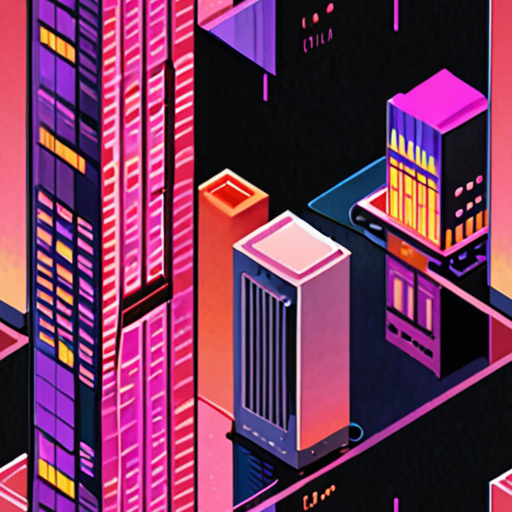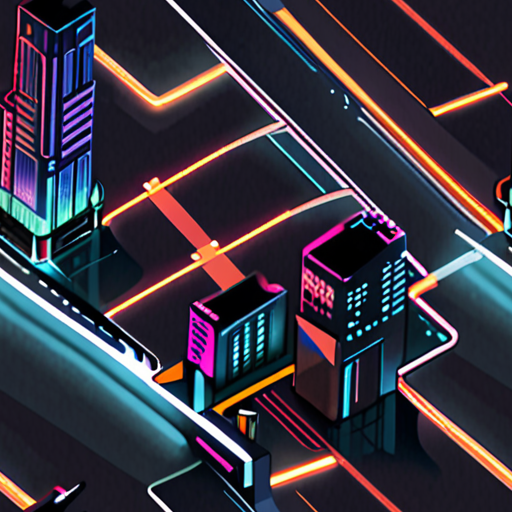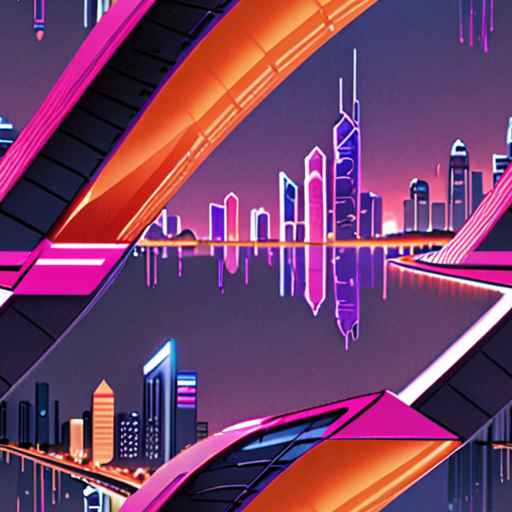Retro reflective materials have revolutionized the way we think about safety and visibility, offering a cutting-edge solution to enhance our surroundings in both day and night conditions. By harnessing the power of retro reflection, innovators have created a wide range of applications that go far beyond traditional safety gear, from high-fashion clothing to avant-garde art installations.

How Retro Reflective Materials Work to Increase Visibility in Low-Light Conditions
Retro reflective materials have become increasingly important in various industries, particularly in transportation, construction, and emergency services, due to their ability to enhance visibility in low-light conditions. These materials work by harnessing the power of light to amplify visibility, thereby reducing the risk of accidents and improving overall safety.
The Science Behind Retro Reflections
Retro reflective materials are designed to reflect light back towards its source, making objects or people wearing these materials more visible to others. This is achieved through the use of specialized pigments and coatings that are applied to the material. When light hits the material, it bounces back, creating a highly visible effect that can be seen from a distance.
Types of Retro Reflective Materials
There are several types of retro reflective materials available, including:
- Cat eyes
- Prismatic sheeting
- Microprism tape
- Retroreflective paint
Each type of material has its own unique characteristics and applications, but they all share the common goal of increasing visibility in low-light conditions.
Benefits of Using Retro Reflective Materials
The benefits of using retro reflective materials are numerous, including:
- Improved visibility in low-light conditions
- Reduced risk of accidents
- Increased safety for drivers, pedestrians, and cyclists
- Enhanced durability and longevity
Real-World Applications of Retro Reflective Materials
Retro reflective materials are used in a variety of real-world applications, including:
- Highway markings and signs
- Construction zones and warning signs
- Emergency vehicle lighting and equipment
- Safety vests and clothing
By understanding how retro reflective materials work and their various applications, we can appreciate the importance of these materials in enhancing visibility and promoting safety in low-light conditions.
What Makes Retro Reflective Materials So Effective in Enhancing Safety and Visibility?
Retro reflective materials have become increasingly popular in recent years due to their ability to enhance safety and visibility in various environments. These materials work by reflecting light back towards its source, making objects or people wearing them more visible to others, particularly in low-light conditions. This unique property has made retro reflective materials a crucial component in many industries, including transportation, construction, and emergency services.
The Science Behind Retro Reflection
Retro reflection occurs when light hits a material and bounces back towards its source. This phenomenon is achieved through the use of specialized materials that contain small glass beads or prisms. When light hits these beads or prisms, it is refracted and reflected back towards its source, creating a highly visible effect. This process is known as retroreflection, and it is what gives retro reflective materials their distinctive appearance.
Benefits of Retro Reflective Materials
The benefits of retro reflective materials are numerous, and they can be seen in various applications. Some of the most significant advantages of these materials include:
- Improved visibility: Retro reflective materials increase the visibility of objects or people wearing them, making them easier to see in low-light conditions.
- Reduced accidents: By increasing visibility, retro reflective materials can help reduce the number of accidents that occur in low-light conditions.
- Increased safety: Retro reflective materials can be used in a variety of settings, including roads, highways, and construction sites, to increase safety and reduce the risk of accidents.
- Cost-effective: Retro reflective materials are often less expensive than traditional lighting solutions, making them a cost-effective option for many industries.
Applications of Retro Reflective Materials
Retro reflective materials have a wide range of applications, including:
- Road safety: Retro reflective materials are commonly used on road signs, traffic cones, and other safety equipment to increase visibility and reduce the risk of accidents.
- Construction safety: Retro reflective materials are used on construction sites to increase visibility and reduce the risk of accidents among workers.
- Emergency services: Retro reflective materials are used by emergency services, such as police and fire departments, to increase visibility and respond quickly to emergencies.
- Sporting goods: Retro reflective materials are used in sporting goods, such as jerseys and shoes, to increase visibility and enhance player safety.
Conclusion
Retro reflective materials have become an essential component in many industries due to their ability to enhance safety and visibility. Their unique properties make them ideal for a variety of applications, including road safety, construction safety, emergency services, and sporting goods. By understanding the science behind retro reflection and the benefits of retro reflective materials, we can appreciate the importance of these materials in keeping us safe and visible in various environments.
Can Retro Reflective Materials Be Used to Enhance Visibility in Both Daytime and Low-Light Conditions?
Retro reflective materials have revolutionized the field of safety and visibility, particularly in low-light conditions.
- The unique properties of retro reflective materials allow them to reflect light back towards its source, increasing visibility and awareness in low-light environments.
- This technology has been widely adopted in various industries, including transportation, construction, and emergency services.
Benefits of Retro Reflective Materials
- Improved Visibility: Retro reflective materials increase visibility in low-light conditions, reducing the risk of accidents and injuries.
- Enhanced Safety: By making objects and people more visible, retro reflective materials contribute to a safer environment, particularly in high-risk areas such as roadways and construction zones.
- Increased Awareness: Retro reflective materials raise awareness among drivers, pedestrians, and cyclists, promoting a culture of safety and responsibility.
Applications of Retro Reflective Materials
- Transportation: Retro reflective materials are commonly used on vehicles, road signs, and pedestrian crossings to enhance visibility and reduce the risk of accidents.
- Construction: These materials are used on construction sites to mark hazards, guide workers, and increase visibility during nighttime operations.
- Emergency Services: Retro reflective materials are used on emergency vehicles, equipment, and personnel to enhance visibility and response times.
Competitors and Alternatives
- Other Reflective Materials: While retro reflective materials are highly effective, other types of reflective materials, such as prismatic and glass bead reflective materials, offer alternative solutions for specific applications.
- LED Lighting: LED lighting systems can also enhance visibility in low-light conditions, although they may not offer the same level of durability and cost-effectiveness as retro reflective materials.
Best Practices for Implementing Retro Reflective Materials
- Choose the Right Material: Select retro reflective materials that meet the specific needs of your application, considering factors such as durability, visibility, and cost-effectiveness.
- Follow Installation Guidelines: Adhere to manufacturer instructions and industry standards for installing retro reflective materials to ensure optimal performance and longevity.
- Maintain and Inspect Regularly: Regularly inspect and maintain retro reflective materials to ensure they remain effective and continue to provide improved visibility and safety.

Revolutionizing Fashion and Design with Retro Reflective Elements
Incorporating retro reflective elements into fashion and design can add a touch of nostalgia and sophistication to any outfit or space.
- Statement Accessories: Add a pop of color and shine to your outfit with retro-inspired accessories like mirrored sunglasses, sequined handbags, or metallic jewelry.
- Bold Architectural Features: Create a dramatic entrance with retro-style lighting fixtures, metallic accents, or mirrored walls that reflect light and add visual interest.
- Retro-Inspired Textiles: Incorporate vintage patterns and textures into your clothing and home decor with fabrics featuring classic designs, stripes, or florals.
- Illuminated Signage: Use retro-style neon signs or LED lights to create eye-catching displays that draw attention to your brand or product.
- Metallic Accents: Add a touch of luxury and glamour with metallic accents like gold, silver, or copper that evoke the opulence of bygone eras.
- Reflective Surfaces: Incorporate reflective surfaces like mirrors, glass, or metal into your design to create a sense of depth and visual interest.
- Vintage-Inspired Patterns: Draw inspiration from classic designs like paisley, polka dots, or geometric shapes to create unique and eye-catching patterns.
- Luminous Fabrics: Incorporate fabrics that glow in the dark or feature luminescent threads to create a futuristic and high-tech look.
- Retro-Style Furniture: Update your furniture with retro-inspired pieces featuring classic shapes, colors, and materials like wood, leather, or vinyl.
- Neon Lighting: Use neon lights to create a vibrant and energetic atmosphere that evokes the excitement of the 80s and 90s.
When incorporating retro reflective elements into your fashion and design, remember to balance bold statements with timeless elegance to create a look that’s both nostalgic and modern.
For more inspiration and ideas, visit our website at https://old-day.com/ and explore our collection of vintage-inspired patterns, textiles, and accessories.
Key Factors Contributing to the Effectiveness of Retro Reflective Materials
Retro reflective materials have become increasingly popular due to their ability to enhance visibility and safety across various lighting conditions and environments.
- Material Composition: The composition of retro reflective materials plays a crucial role in determining their effectiveness. These materials typically consist of glass beads or microprisms embedded in a flexible substrate, which allows them to reflect light and increase visibility.
- Reflectivity Rate: The reflectivity rate of retro reflective materials refers to their ability to reflect light back to the source. A higher reflectivity rate indicates better visibility and safety.
- Adhesive Properties: The adhesive properties of retro reflective materials determine their ability to stick to surfaces and withstand various environmental conditions.
- Weather Resistance: Retro reflective materials must be able to withstand harsh weather conditions, including extreme temperatures, humidity, and UV exposure.
- Durability: The durability of retro reflective materials affects their lifespan and ability to maintain their effectiveness over time.
- Color and Contrast: The color and contrast of retro reflective materials can significantly impact their visibility and safety. Bright colors and high contrast levels can increase visibility, especially in low-light conditions.
- Size and Shape: The size and shape of retro reflective materials can affect their ability to reflect light and increase visibility. Larger and more irregular shapes tend to be more effective.
- Surface Texture: The surface texture of retro reflective materials can influence their ability to adhere to surfaces and withstand environmental conditions.
- UV Stability: Retro reflective materials must be resistant to UV degradation to maintain their effectiveness over time.
- Flammability: Some retro reflective materials may be flammable, which can pose a risk in certain applications.
The combination of these factors determines the overall effectiveness of retro reflective materials in enhancing visibility and safety across different lighting conditions and environments.

Revolutionary Applications of Retro Reflective Technology
Retro reflective technology has been around for decades, primarily used in safety gear such as jackets and vests to increase visibility during nighttime driving.
- Smart Infrastructure: One of the most innovative applications of retro reflective technology is in smart infrastructure, where it is used to create intelligent roadways and traffic management systems.
- Cutting-edge Fashion: Designers have started incorporating retro reflective materials into clothing and accessories, creating stylish and functional pieces that can be seen from afar.
- Medical Devices: Retro reflective technology is being used in medical devices such as surgical gloves and hospital equipment to reduce errors and improve patient care.
- Artistic Installations: Artists are experimenting with retro reflective materials to create interactive and immersive installations that respond to movement and light.
In addition to these applications, retro reflective technology is also being explored in various other fields, including:
- Architecture: Buildings and bridges are being designed with retro reflective materials to enhance their aesthetic appeal and improve safety.
- Transportation: Cars and bicycles are being equipped with retro reflective materials to increase visibility and reduce accidents.
- Aviation: Retro reflective technology is being used in aircraft lighting systems to improve visibility and reduce pilot fatigue.
As the demand for retro reflective technology continues to grow, we can expect to see even more innovative applications in the future.
Conclusion:
The applications of retro reflective technology go far beyond traditional safety gear, and its potential impact on various industries is vast and exciting.
0 Comments